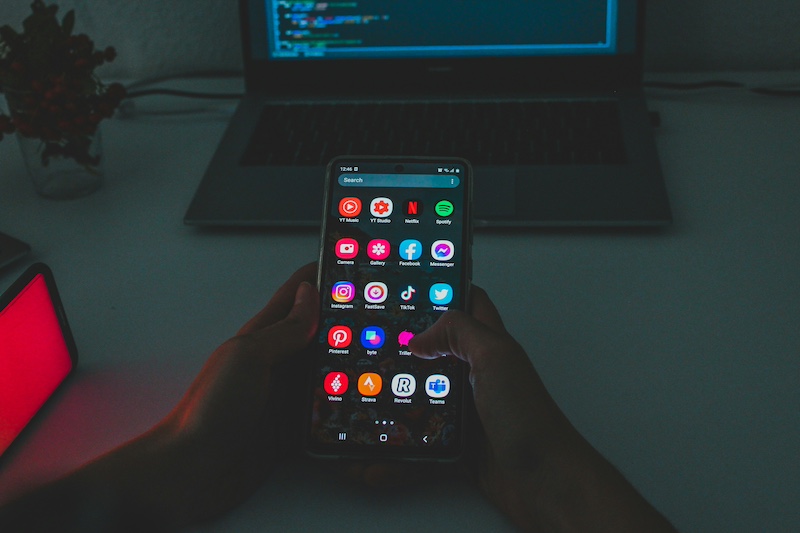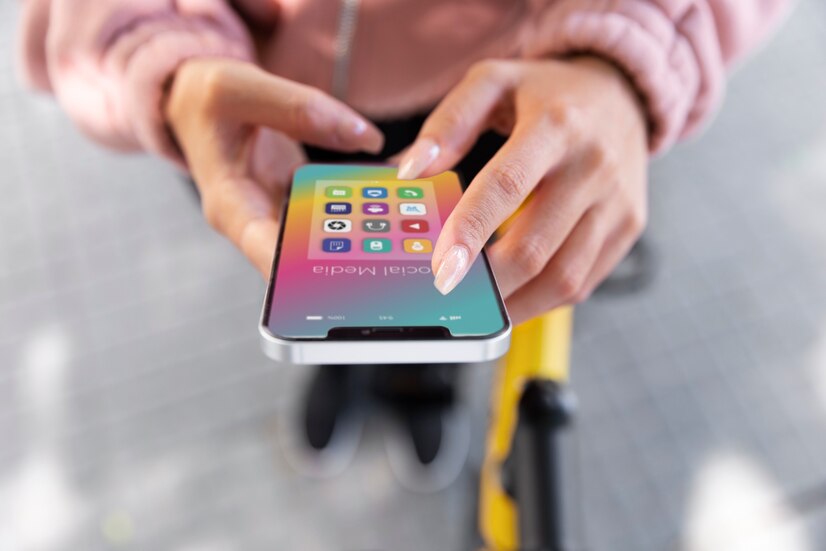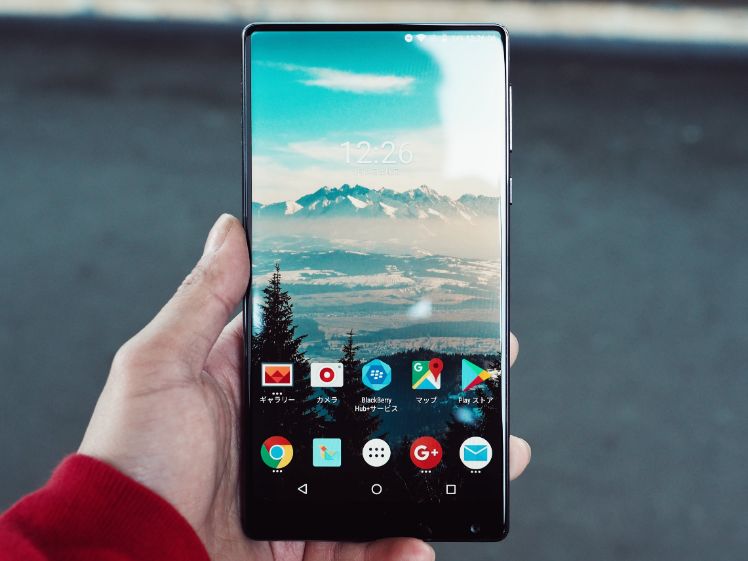A mobile application can get thousands of downloads if it is; well developed, well designed and has a good marketing strategy. However, if the app doesn’t meet a specific need or specific function, then it is destined to fail, even it’s a very good app (It will have no use in the long term.) This is very common especially in the development of certain types of tourism applications.
An example of this, are apps that are developed specifically for the summer trade. The truth is that there are applications that are specifically geared to seasonal tourism. Thus meaning that downloads and app usage is limited to a few months of the year. It is clear that this does not reduce its usefulness in summer times. Good examples of these ‘summer based’ mobile applications which are specifically orientated towards the beach are iPlaya and iMedJelly. But what’s the price of a tourism app? You can find it out in our article: “How much does it cost to make an app?”

Developing applications specific to the tourism trade is unlikely to yield a positive return on any investment made. Instead, an option to avoid these problems is to transform the mobile application idea into an app that is useful and profitable throughout the year.
The development of tourism based applications will be much more efficient if you follow some simple guidelines or characteristics highlighted underneath. Sometimes it is not possible to incorporate all of the points below into one mobile application project, but we have to define the features of the app:
A few pointers and guides for your tourism app

-
- For every season. It’s true that summer is the most popular choice of season for travel and holidays, but it is not the only one. There are those who choose to travel in the winter, autumn and spring. So the development of a tourist application that can be used whatever the season is always a positive.
- Offline utilities. Many tourists travel outside Spain (or aboard from their home country) and have no connection to the internet during their vacation. In the development of tourism applications, it is key to bear this in mind, customers will want to profit from the app offline as they are out and about on their holidays. Perfect examples of this can be found in most maps and guidebook applications. Tripwolf is a good example of this kind of apps.
- Languages. Try to facilitate communication for customers who travel abroad and help them interact with foreign markets (eg tourists visiting a foreign country in another language).
- Images, videos, etc. The development of the audiovisual component of any tourism-based applications always generates the greatest effect to the user; whether the customer has the ability to add images or find specific areas of a city or find tourist destination through the tourism application. In this vein, Yelp has achieved this very well, maximizing the environment and adding photographic material to the big cities.
- Geo-location. Although it may be contrary to what was previously mentioned about the offline functions, it is important to have the ability to access geo-location functions if the customer has the opportunity to connect to one of many WIFI hotspots around the world. This will always be seen as a plus and will be very helpful. Applications such as The Fork, which is ideal for locating the best restaurants in a new city while on holiday, have successfully incorporated this function.







